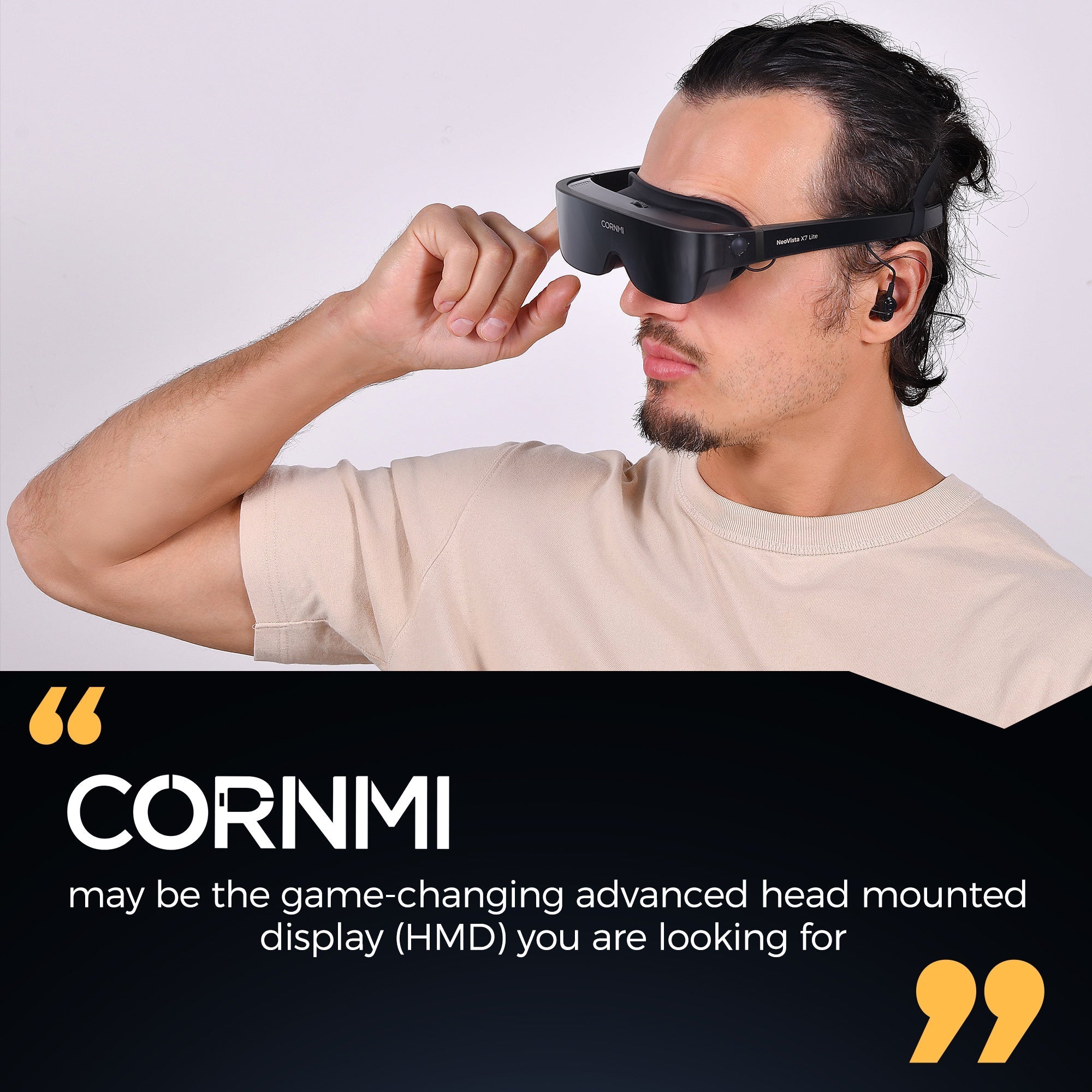Exploring the Differences: VR 3DoF vs 6DoF

Virtual reality (VR) has revolutionized the way we interact with digital environments, offering immersive experiences that blur the line between the physical and virtual worlds. At the heart of this technology lies the concept of degrees of freedom (DoF), which define how users can move and interact within a virtual space. Two commonly discussed specifications in this context are 3DoF (three degrees of freedom) and 6DoF (six degrees of freedom). Understanding the differences between these two is crucial for developers, consumers, and businesses aiming to leverage VR technology for various applications.
What is 3DoF?
3DoF stands for three degrees of freedom, which allows users to rotate on three axes: yaw (looking left or right), pitch (looking up or down), and roll (tilting head sideways). This means users can change their viewpoint within a virtual environment but are limited in terms of physical movement. For example, with a 3DoF device, you can look around a virtual object but cannot move closer to it or walk around it. This type of VR is often used in applications like 360-degree video playback, simple interactive experiences, and games that don’t require complex movements.
What is 6DoF?
6DoF, or six degrees of freedom, builds on the foundation of 3DoF by adding three additional axes of movement: forward/backward, left/right, and up/down. These are the translational movements that allow users to physically move within a virtual space, creating a more immersive and interactive experience. With 6DoF, users can not only look around but also move naturally within the environment, enabling more complex interactions such as reaching out to virtual objects, walking through a virtual room, or engaging in highly dynamic simulations.
Key Differences and Use Cases
The primary difference between 3DoF and 6DoF lies in the level of immersion and interactivity they offer. 3DoF is ideal for applications where users primarily need to observe and interact in a more passive manner. For instance, it is commonly used in mobile VR headsets for watching videos or playing casual games. On the other hand, 6DoF is better suited for applications that require a higher level of engagement, such as PC-based VR systems, gaming, industrial simulations, and training programs. 6DoF’s ability to track both rotational and positional movements makes it a preferred choice for applications requiring precise control and realistic interactions.
The Future of VR: 6DoF and Beyond
As VR technology continues to evolve, the demand for more immersive and interactive experiences is growing. While 3DoF devices have laid the groundwork for VR adoption, 6DoF is fast becoming the standard for advanced applications. Notably, devices like the CORNMI Pro are expected to incorporate 6DoF capabilities in future versions, further pushing the boundaries of what is possible in virtual reality. This evolution underscores the industry’s commitment to delivering more sophisticated and engaging VR experiences.
In conclusion, the choice between 3DoF and 6DoF depends on the intended use case. For simpler, observation-based applications, 3DoF may suffice. However, for applications requiring full-body movement and complex interactions, 6DoF is the clear winner. As VR technology advances, the adoption of 6DoF will likely become widespread, enabling new possibilities in entertainment, education, and beyond. The future of VR is undoubtedly more immersive, and 6DoF is at the forefront of this transformation.




Leave a comment
All comments are moderated before being published.